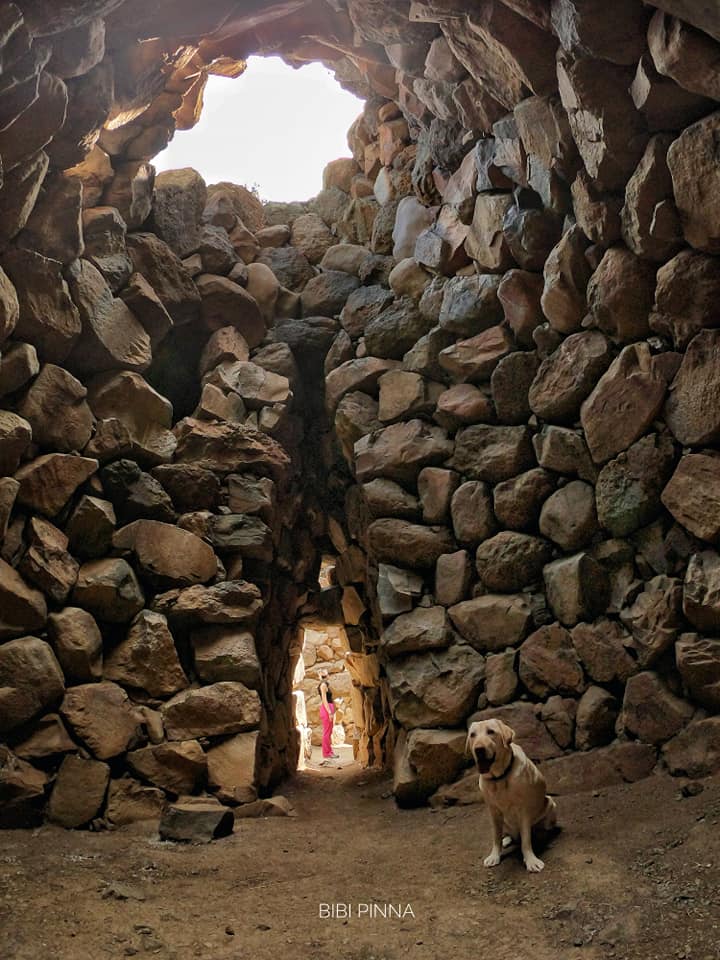According to the archaeologist Giovanni Ugas, in the world of the underworld, the lunar goddess Diana (in Sardinian ethnographic tradition “Giana”), who welcomed the deceased, “had to rely on the collaboration of a character identifiable with a male deity assimilated with the Greek-Latin Orkos (Sardinian Orcu), who eventually replaced her in the nuragic context. Diana is indeed linked to the prenuragic hypogean tombs, while Orcu, comparable to the Etruscan Fersu-Perseus and to Hermes as a psychopomp, often appears connected with nuragic giant tombs; so much so that it cannot be excluded that behind Orcu lies a pair of Orgia, worshipped in the nuragic celestial temples of the ‘in antis’ type such as ‘Sa domu de Orgìa” the house of Orgìa of Esterzili…” (Giovanni Ugas: “The Dawn of the Nuraghi” – Ed. Fabula 2005). According to another theory, the term Orcu/Orco would refer to Forco, the mythological king of Sardinia and Corsica and father of Medusa, the Gorgon who gives her name to two castles in Sardinia, respectively in the territory of Samugheo and Lotzorai. In the attachments: The temple “Omu ‘e Orgia” in Esterzili (Sergio Melis); The nuraghi “Sa Domu ‘e s’Orku” of Sarroch (Lorenzo Muntoni), of Dolianova (Dolianova Archeologica) and of Barrali (Marco Cocco); The giant tomb “Sa domu ‘e s’Orku” of Siddi (Maurizio Cossu and Romano Stangherlin).











